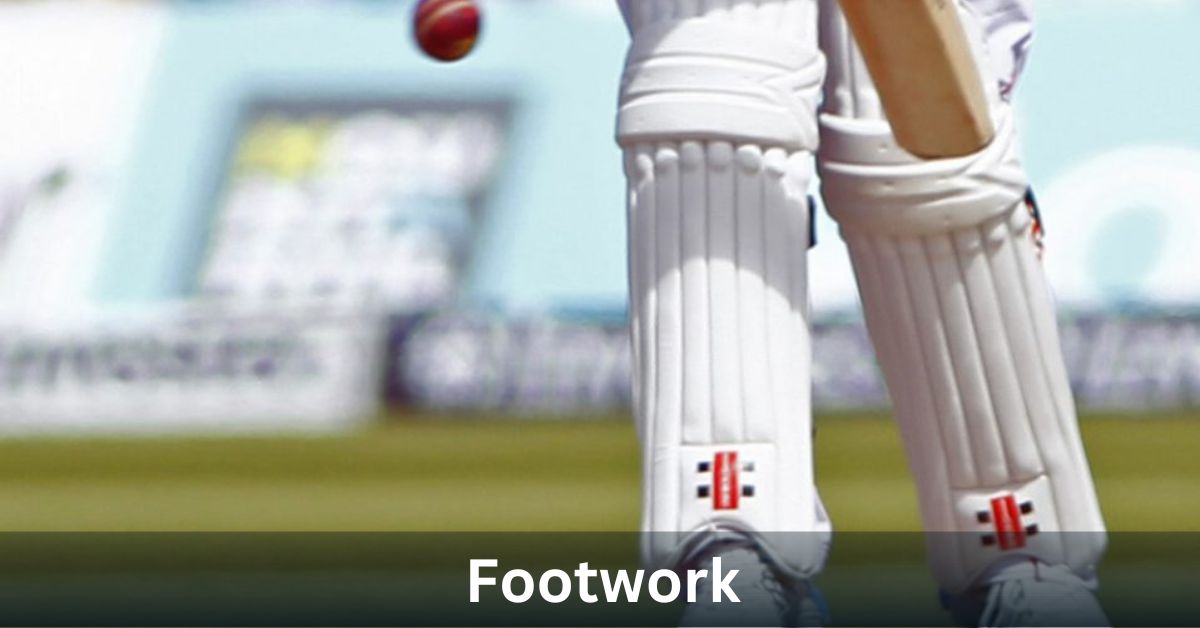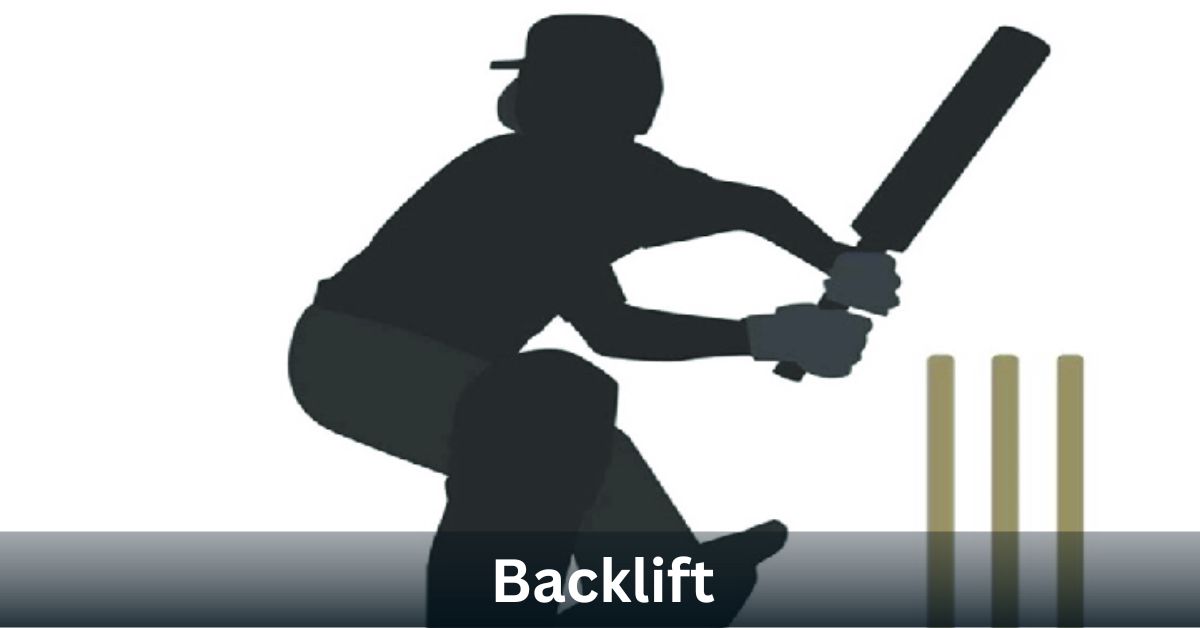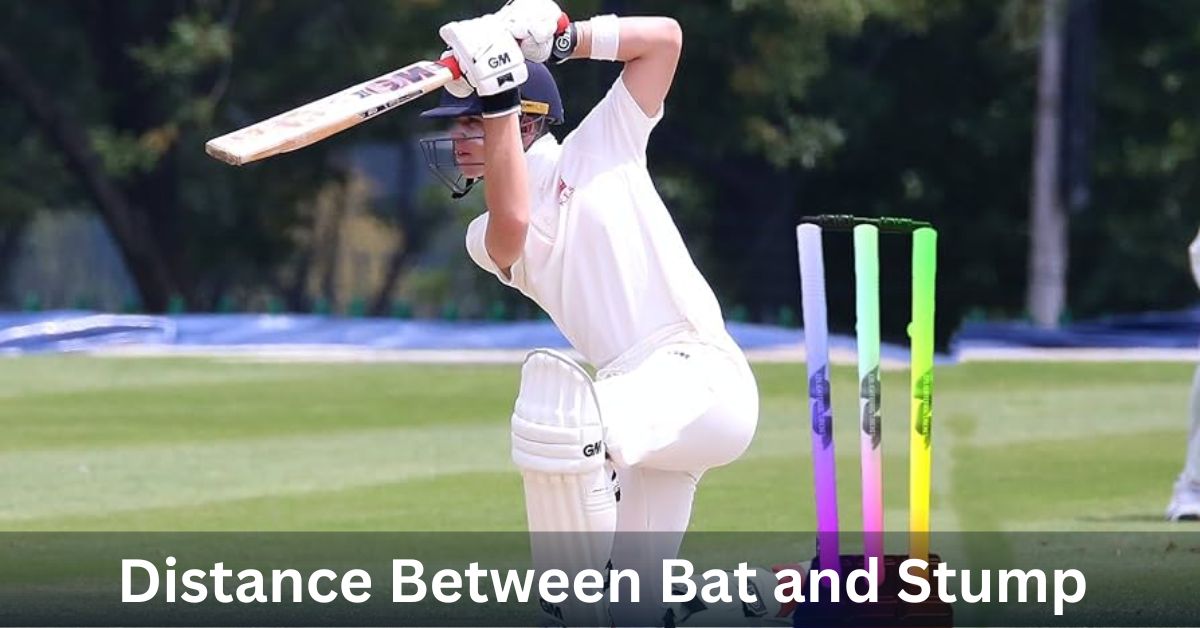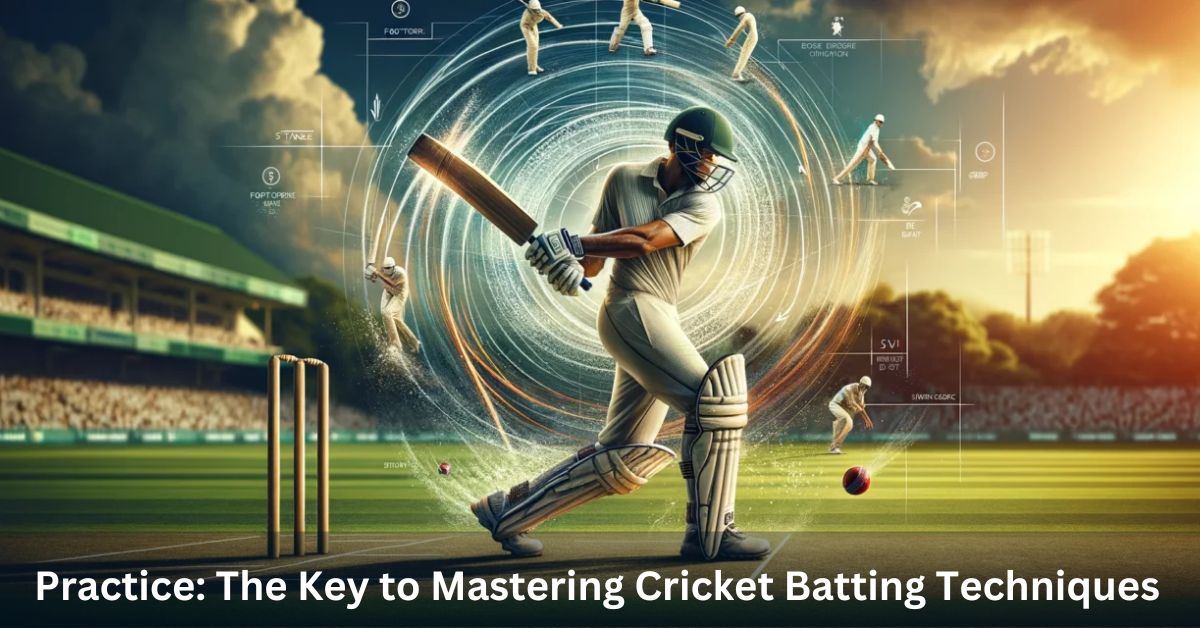Top 10 Cricket Batting Techniques: Improving cricket batting means working on body movement, footwork, and head position. Regular practice is key. Many players start with imperfect technique but can improve with commitment and guidance.
Successful batting hinges on hitting the ball well. Good equipment is important. However, a sharp eye, perfect timing, and precise weight distribution matter more. The focus during impact is crucial.
This article offers insights and tips to enhance cricket batting. It’s for those aiming to succeed in the sport.
Top 10 Cricket Batting Techniques
1. Determining Your Batting Stance

Your batting technique is dynamic, and always open to improvement and refinement. It all begins with mastering the basics, and the first step is to establish your batting stance. Finding the right stance involves trying different positions.
You do this to see which feels most natural and effective for you. Here are some key considerations when choosing your stance:
1. Mobility: Ensure you can move quickly and fluidly from your stance. This agility is crucial for reacting to different types of deliveries.
2. Accuracy: Your stance should enable you to hit straight and direct shots. Consistency in hitting straight is fundamental for building a solid batting foundation.
3. Power: The stance should allow you to generate sufficient power in your shots. This is vital for driving the ball and scoring boundaries.
4. Versatility Against Spin: Make sure your stance equips you to handle spin effectively. This means being able to adjust your footwork and balance to tackle both off-spin and leg-spin deliveries.
Focus on these factors. You can then develop a batting stance that feels good and improves your performance at the crease.
What Is the Best Batting Stance/Orthodox Batting Stance?
To start, stand sideways with your front shoulder facing the bowler. Keep your feet shoulder-width apart and slightly bend your knees for balance. Bend your back a little to tap your bat near your feet. Also, place your chin over your front shoulder to watch the bowler.
Next, hold your hands at hip height, close to your body. Your bat’s bottom should point toward the wicketkeeper or first slip. This is the orthodox stance.
Pro Tip: Record shots from the front and side. Then, watch them in slow motion to spot any issues. This self-analysis is key to improving your technique and performance.
2. Body Posture

To hit a successful shot in cricket, stay relaxed through your swing. Begin by moving your lead shoulder, then your front foot. This maintains balance and power.
Turn your hips slightly toward the bowler to avoid injury. Keep your head straight and eyes on the ball. Your hands should be relaxed but ready, by your waist. These steps will improve your shot’s control and effectiveness.
3. Footwork

Mastering cricket technique means focusing on foot movement. It’s vital for your game. Good footwork helps you position well and make better shots. The key is to move your weight onto the ball. This lets you hit solid shots.
Failing to move your weight onto the ball leads to misaligned shots. It also makes it easier for fielders to catch. Good footwork always needs a steady head position. Both are crucial. Move your head towards the ball. This action guides your weight transfer. Then, your feet follow.
Even with perfect footwork, moving your head away from the ball makes it hard to hit a good shot. Sync your foot and head movements. This keeps your weight over the ball. It improves your shot accuracy and consistency.
4. Backlift

The backlift is essential in cricket. It primes your swing, aiding in timing and rhythm. A good backlift boosts your consistency, even with imperfect form.
To nail a smooth backlift, make it look natural. Avoid any forced or awkward movements. A helpful tip is to face a mirror, stacking one hand over the other. This lets you check for jerky motions or pauses.
Regular mirror practice helps you spot and fix issues, ensuring a smooth backlift. This enhances your batting, making your swing reliable.
5. Watch the ball

To excel in cricket, focus on the bowler’s release point and keep your head still. This helps you judge the ball’s quality and choose the right shot. A well-pitched ball allows you to drive and take long shots. However, a high or low pitch may lead to a defensive shot.
This advice is crucial for beginners. It enhances focus and stability, leading to better decisions and improved performance.
6. Distance Between Bat and Stump

When batting, it’s essential to know the precise location of your wicket. To assist with this, draw a line from the middle wicket to your field. You can create this line using the end of your bat, ensuring it is parallel to the middle wicket. This line is known as the guard line.
If you’re practicing indoors, use tape to mark the guard line on the ground. This tool boosts your focus and batting. Practice with a guard line. It sharpens your wicket positioning and technique.
7. Practice: The Key to Mastering Cricket Batting Techniques

Practicing regularly is key to improving your cricket batting. If you have access to indoor nets, set a weekly routine with a friend or coach. If indoor nets aren’t an option, find a quiet spot in your backyard or garage. Then, commit to regular practice alone or with local resources.
Pro Tips for Effective Practice:
-
Cricket Ball Hanging: Hang a ball to improve hand-eye coordination and shots.
-
Feed Buddy: Use a ball feeder for bowling simulations and shot practice.
-
Practice Nets: Install nets in your backyard for safe batting practice.
Also, use mobile apps to plan, track progress, and get tips on technique. Remember, consistent practice is key to success in cricket. Use all available resources to keep improving.
8. Technique and Technology

Cricket training now heavily uses technology, especially with the growth of short formats. Players must master both the physical game and the understanding of science and data. They often turn to blogs and YouTube for self-improvement.
New technologies are changing cricket training. Video analytics and cricket wearables like smart bats and watches help players analyze and improve their skills. These tools used to be only for top players. Now, they are affordable for everyone.
By adopting these tools, all players can boost their skills and perform better.
9. Improve Bat Speed and Timing

Bat speed and timing are crucial for powerful and well-executed shots. Focus on strengthening your wrists and forearms with regular exercises and drills. Strike the ball with precision to uncover the perfect shot timing.
10. Work on Timing and Shot Placement

Focus on timing and precise shot placement to overcome strength reliance. Learn to find gaps in the field. Use soft hands to move the ball into empty areas. Rotate the strike often. This approach will help you score a lot. It will also help you build partnerships with your teammates.
FAQ
How to become a good batter?
To excel as a batsman, rank active participation in team practices. Take part in all sessions with consistent focus. Focus on drilling game scenarios and honing your batting skills a lot. Listen to your coach. It’s welcome feedback from teammates. It will help you refine your hitting technique.
How can I improve my bat timing?
The 3-plate drill is an excellent exercise for improving timing. It allows batters to practice hitting pitches from three distances. This improves hand-eye coordination and timing. To set up this drill, you’ll need a batting cage and three home plates.
What are the 2 types of batters?
In the realm of batters, there are two types. There are temporary batters and adhesive batters. The batters create a layer that binds food to the coating. This ensures the coating sticks to the food during production, freezing, and frying.
Conclusion
Here are the key areas to improve your cricket batting. First, work on your stance, grip, backlift, footwork, head position, and shot selection. Then, practice regularly. You can do this at a local club, in your backyard, or with technology.
Above all, remember to enjoy the process. Have fun and embrace the journey of learning and improvement. With dedication and consistent practice, you’ll see significant progress. Practice makes perfect!
